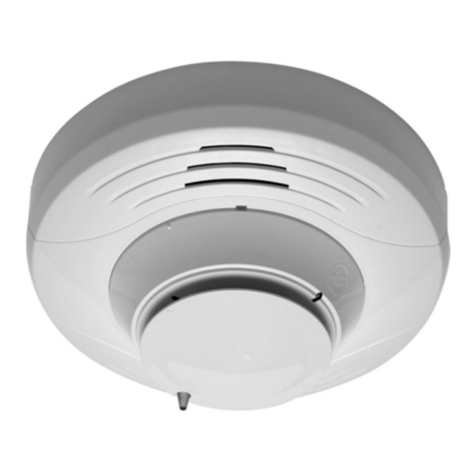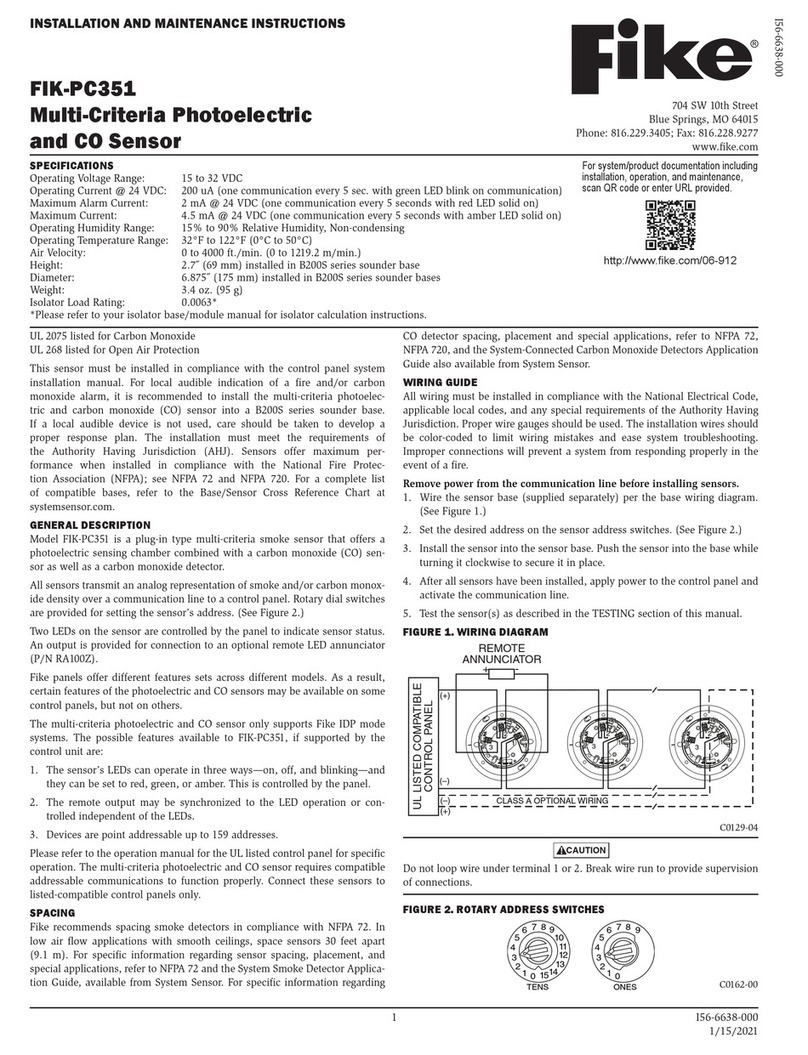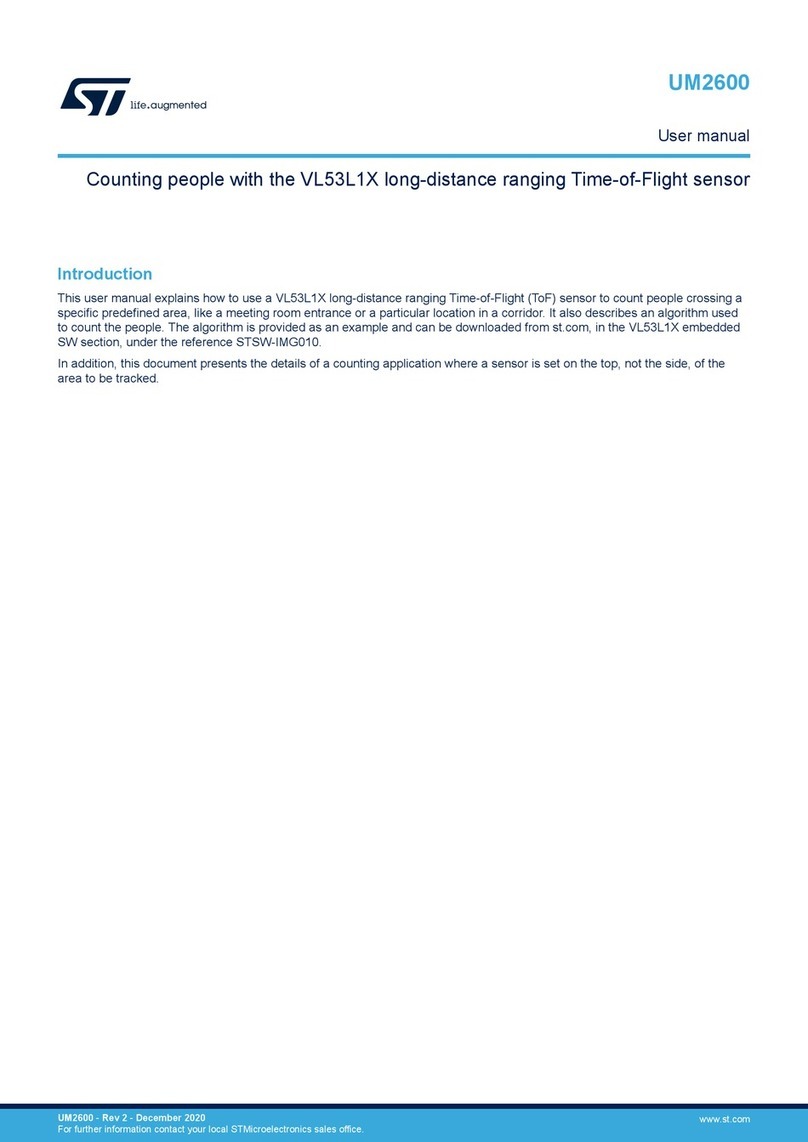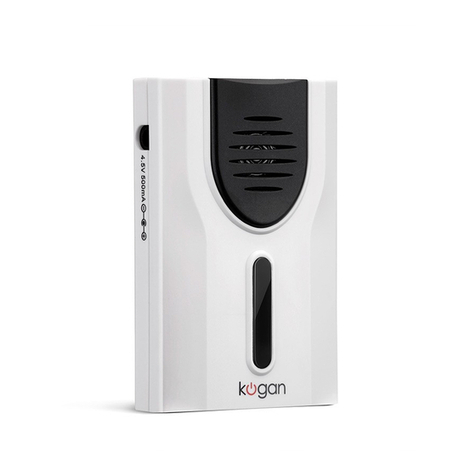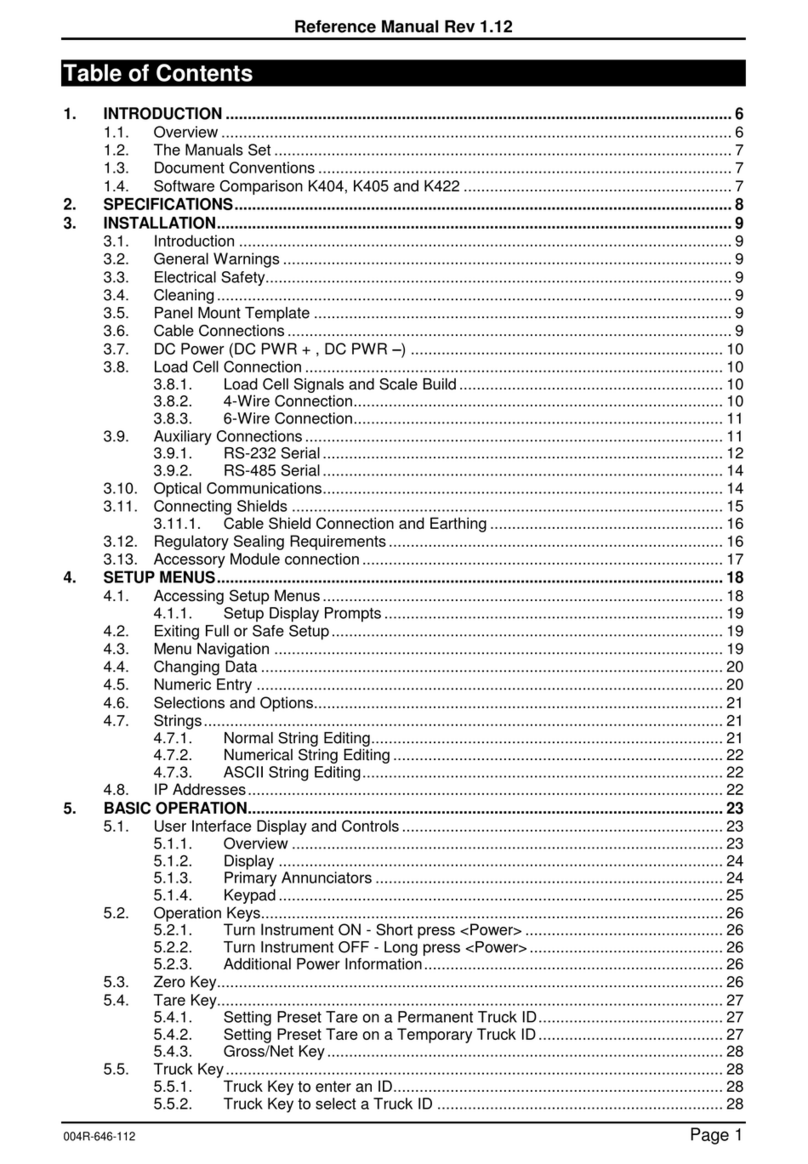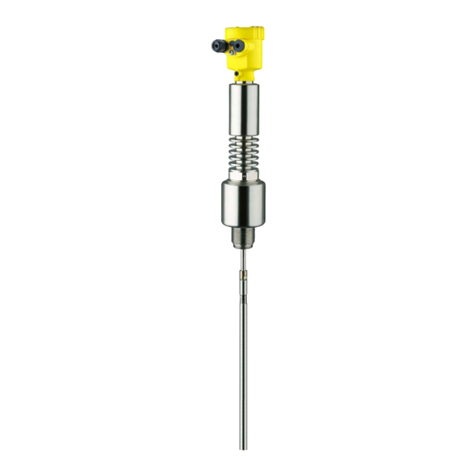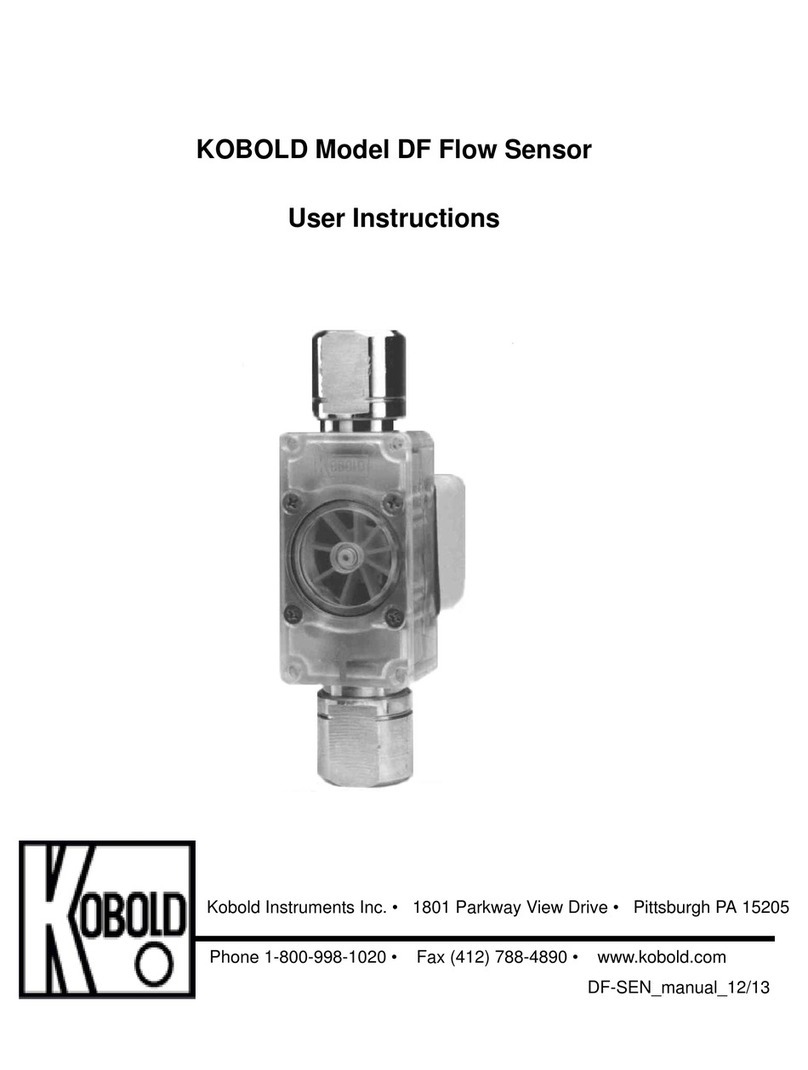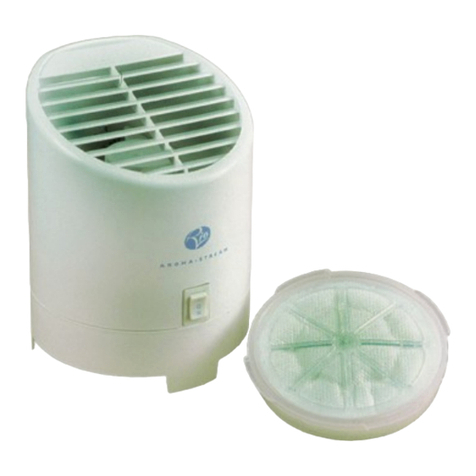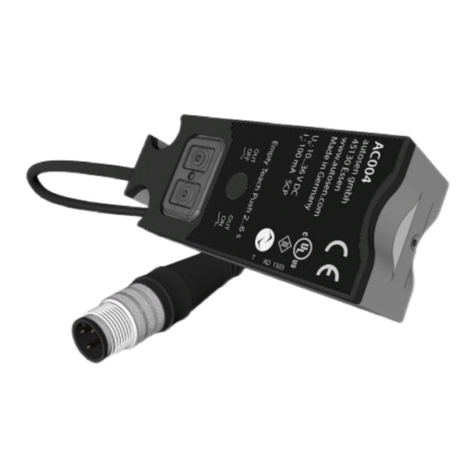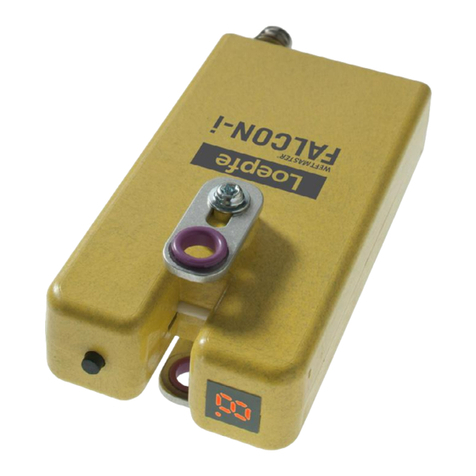Fike FIK-CO351 User manual

Improper connections will prevent a system from responding properly in the
event of a fire.
Remove power from the communication line before installing sensors.
1. Wire the sensor base (supplied separately) per the base wiring diagram.
(See Figure 1.)
2. Set the desired address on the sensor address switches. (See Figure 2.)
3. Install the sensor into the sensor base. Push the sensor into the base while
turning it clockwise to secure it in place.
4. After all sensors have been installed, apply power to the control panel and
activate the communication line.
5. Test the sensor(s) as described in the TESTING section of this manual.
FIGURE 1. WIRING DIAGRAM
2
31
2
33
1
2
1
(–)
(+)
+-
UL LISTED COMPATIBLE
CONTROL PA NEL
CLASS A OPTIONAL WIRING
REMOTE
ANNUNCIATOR
(–)
(+)
C0129-04
CAUTION
Do not loop wire under terminal 1 or 2. Break wire run to provide supervision
of connections.
FIGURE 2. ROTARY ADDRESS SWITCHES
TENS ONES
910
11
12
13
14
15
8
7
6
5
4
3
210
9
8
7
6
5
4
3
210
C0162-00
UL 2075 listed for Carbon Monoxide
This sensor must be installed in compliance with the control panel system
installation manual. For local audible indication of a carbon monoxide alarm,
it is recommended to install the multi-criteria carbon monoxide (CO) sensor
into a B200S series sounder base. If a local audible device is not used, care
should be taken to develop a proper response plan. The installation must meet
the requirements of the Authority Having Jurisdiction (AHJ). Sensors offer
maximum performance when installed in compliance with the National Fire
Protection Association (NFPA); see NFPA 72 and NFPA 720. For a complete
list of compatible bases, refer to the Base/Sensor Cross Reference Chart at
systemsensor.com.
GENERAL DESCRIPTION
Model FIK-CO351 is a plug-in type Intelligent CO sensor.
The sensor transmits an analog representation of carbon monoxide density
over a communication line to a control panel. Rotary dial switches are pro-
vided for setting the sensor’s address. (See Figure 2.)
Two LEDs on the sensor are controlled by the panel to indicate sensor status.
An output is provided for connection to an optional remote LED annunciator
(P/N RA100Z).
Fike panels offer different features sets across different models. As a result,
certain features of the photoelectric sensors may be available on some control
panels, but not on others.
The Intelligent CO sensor only supports Fike IDP mode systems. The possible
features available in the Intelligent CO sensor, if supported by the control unit
are:
1. The sensor’s LEDs can operate in three ways—on, off, and blinking–and
they can be set to red, green, or amber. This is controlled by the panel.
2. The remote output may be synchronized to the LED operation or con-
trolled independent of the LEDs.
3. Devices are point addressable up to 159 addresses.
Please refer to the operation manual for the UL listed control panel for spe-
cific operation. The intelligent carbon monoxide sensor requires compatible
addressable communications to function properly. Connect these sensors to
listed-compatible control panels only.
SPACING
Fike recommends spacing sensors in compliance with NFPA 72 and 720. For
specific information regarding sensor spacing, placement, and special applica-
tions, refer to NFPA 72, NFPA 720, and the System-Connected Carbon Monox-
ide Detectors Application Guide available from System Sensor.
WIRING GUIDE
All wiring must be installed in compliance with the National Electrical Code,
applicable local codes, and any special requirements of the Authority Having
Jurisdiction. Proper wire gauges should be used. The installation wires should
be color-coded to limit wiring mistakes and ease system troubleshooting.
I56-6636-000
INSTALLATION AND MAINTENANCE INSTRUCTIONS
R
704 SW 10th Street
Blue Springs, MO 64015
Phone: 816.229.3405; Fax: 816.228.9277
www.fike.com
FIK-CO351
Intelligent Carbon Monoxide Sensor
SPECIFICATIONS
Operating Voltage Range: 15 to 32 VDC
Operating Current @ 24 VDC: 200 uA (one communication every 5 sec. with green LED blink on communication)
Maximum Alarm Current: 2 mA @ 24 VDC (one communication every 5 seconds with red LED solid on)
Maximum Current: 4.5 mA @ 24 VDC (one communication every 5 seconds with amber LED solid on)
Operating Humidity Range: 15% to 90% Relative Humidity, Non-condensing
Operating Temperature Range: 32°F to 122°F (0°C to 50°C)
Height: 2.7˝ (69 mm) installed in B200S series sounder base
Diameter: 6.875˝ (175 mm) installed in B200S series sounder bases
Weight: 3.4 oz. (95 g)
Isolator Load Rating: 0.0063*
*Please refer to your isolator base/module manual for isolator calculation instructions.
http://www.fike.com/06-912
Fo
r system/product documentation including
installation, operation, and maintenance,
scan QR code or enter URL provided.
1 I56-6636-000
1/15/2021

FIGURE 3. FEATURES OF THE CO DETECTOR
Base Alignment Notch
CO Test Point
Magnet Test Point
LEDs
C2048-00
FIGURE 4. CLEANING THE CO DETECTOR
Cover
Removal
Tabs
Sensor Cover
CO Cell
C2049-00
CAUTION
Dust covers provide limited protection against airborne dust particles dur-
ing shipping. Dust covers must be removed before the sensors can sense CO.
Remove sensors prior to heavy remodeling or construction.
TAMPER RESISTANCE
Model FIK-CO351 includes a tamper-resistant capability that prevents removal
from the base without the use of a tool. Refer to the base manual for details on
making use of this capability.
TESTING
Before testing, notify the proper authorities that the system is undergoing
maintenance, and will temporarily be out of service. Disable the system to
prevent unwanted alarms.
All sensors must be tested after installation and periodically thereafter. Test-
ing methods must satisfy the Authority Having Jurisdiction (AHJ). Sensors
offer maximum performance when tested and maintained in compliance
with NFPA 72 and 720. Refer to the manufacturer’s published instructions for
proper use.
The sensor can be tested in the following ways:
A. Functional: Magnet Test (P/N M02-04-01 or M02-09-00)
This sensor can be functionally tested with a test magnet. The test mag-
net electronically simulates CO in the sensing chamber, testing the sensor
electronics and connections to the control panel.
a. Hold the test magnet in the magnet test area as shown in Figure 3.
b. The sensor should alarm the panel.
Two LEDs on the sensor are controlled by the panel to indicate sensor
status. Coded signals, transmitted from the panel, can cause the LEDs to
blink, latch on, or latch off. Refer to the control panel technical documen-
tation for sensor LED status operation and expected delay to alarm.
NOTE: The magnet test initiates an approximately 10 minute period when
the detector's signal processing software routines are not active.
B. Functional Gas Test
NOTE: Check with local codes and the AHJ to determine whether or not a
functional gas test is desired for an installation.
A canned CO testing agent may be used to verify the detector’s ability to
sense CO. Carbon Monoxide alarm thresholds are designed around CO
concentrations over time, as defined in UL standard 2034. Therefore, a
single burst of CO test agent will not immediately place the detector into
an alarm condition. In order to perform functional testing of the CO sen-
sor, the device must be placed into test mode. Test mode eliminates the
time and concentration requirements needed for alarm and allows the CO
sensor to be tested. The device can be placed into test mode through either
of the following methods.
a. Put the device into test mode by holding a test magnet in the magnet
test area as shown in Figure 3 for 6-12 seconds.
NOTE: If the magnet is held in place for too long the fire alarm test func-
tion will be triggered. Reset the panel and proceed with testing the CO
portion of the device.
b. Perform functional gas entry testing immediately following the magnet
test. The magnet test initiates an approximately 10 minute period when
the detector's signal processing software routines are not active.
Once in test mode, test the CO sensor using a tested and approved canned
CO testing agent. A tested and approved canned CO testing agent is Solo
detector testers model C6 CO Detector Tester available from SDi. Complete
the CO sensor testing as follows:
Spray a UL approved CO agent into the top of the detector near the CO
sensor opening for at least 1 second. CO sensor opening is indicated by
a triangle on the sensor cover. (See Figure 3.) Use the applicator straw
included with the CO agent to more efficiently direct the CO into the detec-
tion cell during testing.
The detector will go into alarm if gas entry is successful. It may take up
to 1 minute for the device to alarm. Once the detector is in alarm allow
5 minutes for the CO to clear and exit the detector.
The detector will automatically enable the signal processing after 10 min-
utes.
Testing the detector will activate the alarm relay and send a signal to
the panel.
CLEANING
Before removing the detector, notify the proper authorities that the CO detec-
tor system is undergoing maintenance and will be temporarily out of service.
Disable the zone or system undergoing maintenance to prevent unwanted
alarms.
1. Remove the sensor to be cleaned from the system.
5. Use a vacuum cleaner or compressed air to remove dust and debris from
the sensing chamber.
8. Reinstall the detector.
9. Test the detector as described in TESTING.
10. Reconnect disabled circuits.
11. Notify the proper authorities that the system is back on line.
ABOUT CARBON MONOXIDE DETECTORS
CAUTION
CAUTION: This carbon monoxide detector is designed for indoor use only.
Do not expose to rain or moisture. Do not knock or drop the detector. The
detector will not protect against the risk of carbon monoxide poisoning if
not properly wired. The detector will only indicate the presence of carbon
monoxide gas at the sensor. Carbon monoxide gas may be present in other
areas.
This carbon monoxide detector is NOT:
• Designed to detect any gas other than carbon monoxide
• To be seen as a substitute for the proper servicing of fuel-burning appli-
ances or the sweeping of chimneys.
• To be used on an intermittent basis, or as a portable alarm for the spill-
age of combustion products from fuel-burning appliances or chimneys.
Carbon monoxide gas is a highly poisonous gas which is released when fuels
are burnt. It is invisible, has no smell and is therefore impossible to detect
with the human senses. Under normal conditions in a room where fuel burn-
ing appliances are well maintained and correctly ventilated, the amount of
carbon monoxide released into the room by appliances should not be danger-
ous.
2 I56-6636-000
1/15/2021

SYMPTOMS OF CARBON MONOXIDE POISONING
Carbon monoxide bonds to the hemoglobin in the blood and reduces the
amount of oxygen being circulated in the body. The following symptoms are
examples taken from NFPA 72 and 720. They represent approximate values
for healthy adults:
Concentration (ppm CO) Symptoms
200 Mild headache
after 2-3 hours of exposure
400 Headache and nausea
after 1-2 hours of exposure
800 Headache, nausea, and dizziness
after 45 minutes of exposure;
collapse and unconsciousness
after 2 hours of exposure
Many causes of reported carbon monoxide poisoning indicate that while vic-
tims are aware that they are not well, they become so disoriented that they
are unable to save themselves by either exiting the building or calling for
assistance.
Also young children and pets may be the first to be affected.
Per UL standard 2075, FIK-CO351 has been tested to the sensitivity limits de-
fined in UL standard 2034.
ALARM THRESHOLDS ARE AS FOLLOWS:
Parts Per Million Detector response time, min.
70 ±5ppm 60-240
150 ±5ppm 10-50
400 ±10ppm 4-15
What to do if the carbon monoxide detector goes into alarm:
Immediately move to a spot where fresh air is available, preferably
outdoors.
IMPORTANT: This detector should be tested and maintained regularly
following National Fire Protection Association (NFPA) 72 and 720 require-
ments.
CO SENSOR LIFETIME
The CO cell has an expected lifetime of approximately ten years. The detector
is programmed to signal the approach of end of this lifetime to the control
panel. The CO cell is not a field replaceable component. The CO detector will
not operate once the CO cell has reached its end of life.
3 I56-6636-000
1/15/2021

Fike®is a registered trademark of Fike Corporation. System Sensor® is a registered trademark of Honeywell International, Inc.
FCC STATEMENT
This device complies with part 15 of the FCC Rules. Operation is subject to the following two conditions:
(1) This device may not cause harmful interference, and (2) this device must accept any interference
received, including interference that may cause undesired operation.
NOTE: This equipment has been tested and found to comply with the limits for a Class B digital device,
pursuant to Part 15 of the FCC Rules. These limits are designed to provide reasonable protection against
harmful interference in a residential installation. This equipment generates, uses and can radiate radio
frequency energy and, if not installed and used in accordance with the instructions, may cause harmful
interference to radio communications. However, there is no guarantee that interference will not occur in
a particular installation. If this equipment does cause harmful interference to radio or television recep-
tion, which can be determined by turning the equipment off and on, the user is encouraged to try to
correct the interference by one or more of the following measures:
– Reorient or relocate the receiving antenna.
– Increase the separation between the equipment and receiver.
– Connect the equipment into an outlet on a circuit different from that to which the receiver is con-
nected.
– Consult the dealer or an experienced radio/TV technician for help.
DEVICE AND SYSTEM SECURITY
Before installing this product ensure that the
tamper seal on the packaging is present and
unbroken and the product has not been tampered
with since leaving the factory. Do not install this
product if there are any indications of tampering.
If there are any signs of tampering the product
should be returned to the point of purchase.
It is the responsibility of the system owner to
ensure that all system components, i.e. devices,
panels, wiring etc., are adequately protected to
avoid tampering of the system that could result
in information disclosure, spoofing, and integrity
violation.
SUPPLEMENTAL INFORMATION
For Limitations of Fire Alarm Systems,
please go to:
http://www.systemsensor.com/
en-us/Documents/I56-1558.pdf
Limitations of
Fire Alarm Systems
4 I56-6636-000
©2021. 1/15/2021
Other Fike Accessories manuals
Popular Accessories manuals by other brands
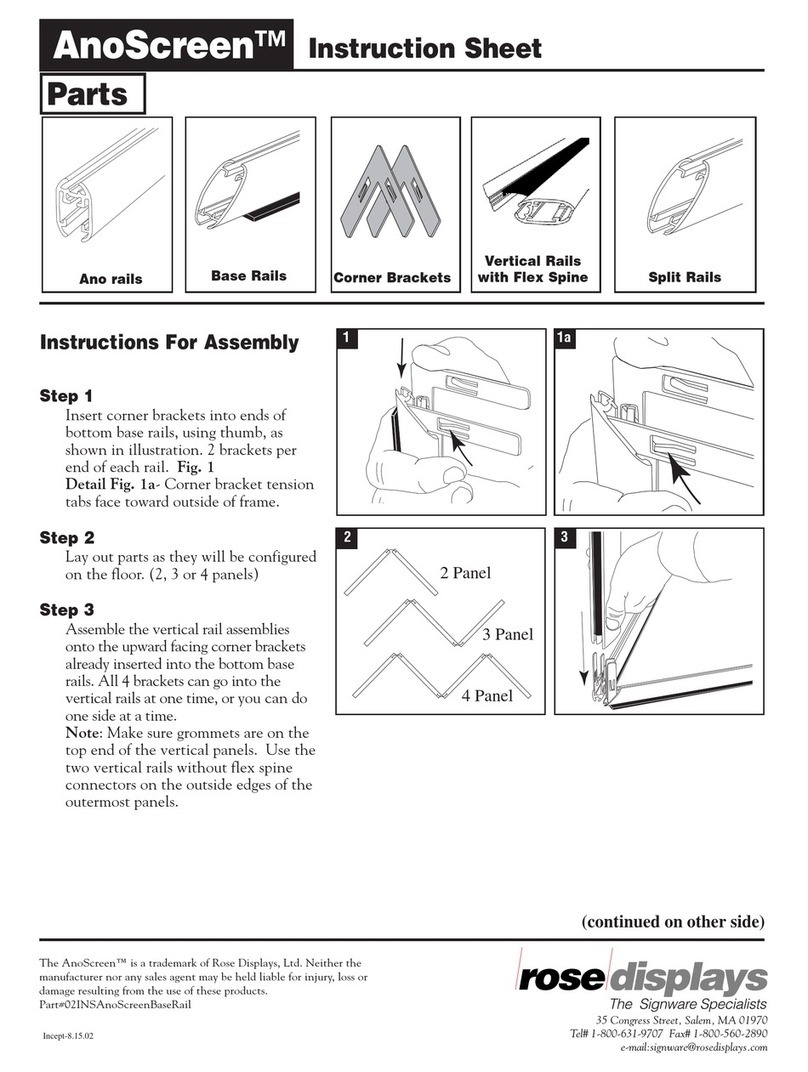
ROSE DISPLAYS
ROSE DISPLAYS ANOSCREEN WITH BASE RAIL manual
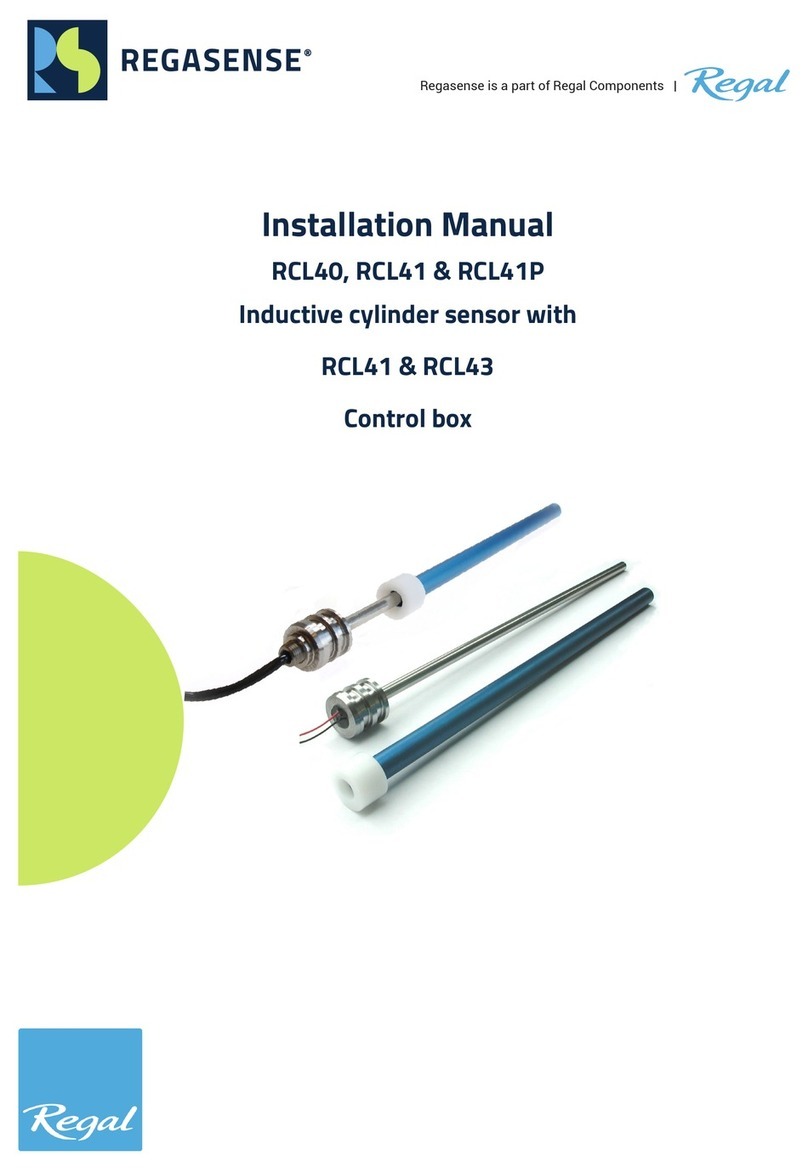
Regal
Regal REGASENSE RCL40 installation manual
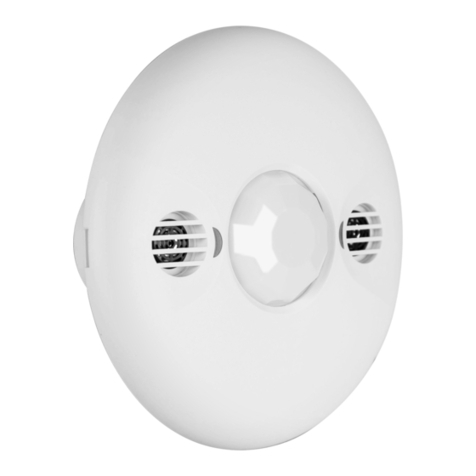
Revolution Lightning
Revolution Lightning rNET-OCC-HV-DT-CM Specifications and installation
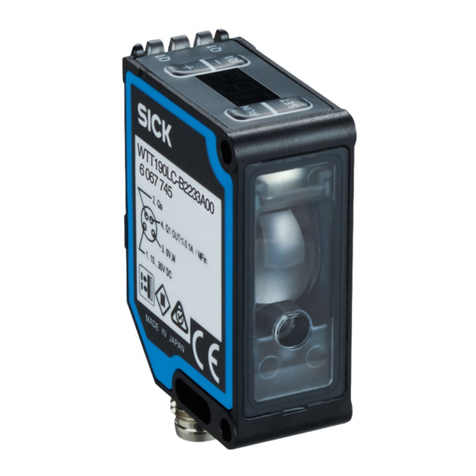
SICK
SICK WTT190LC-B2233A00 operating instructions
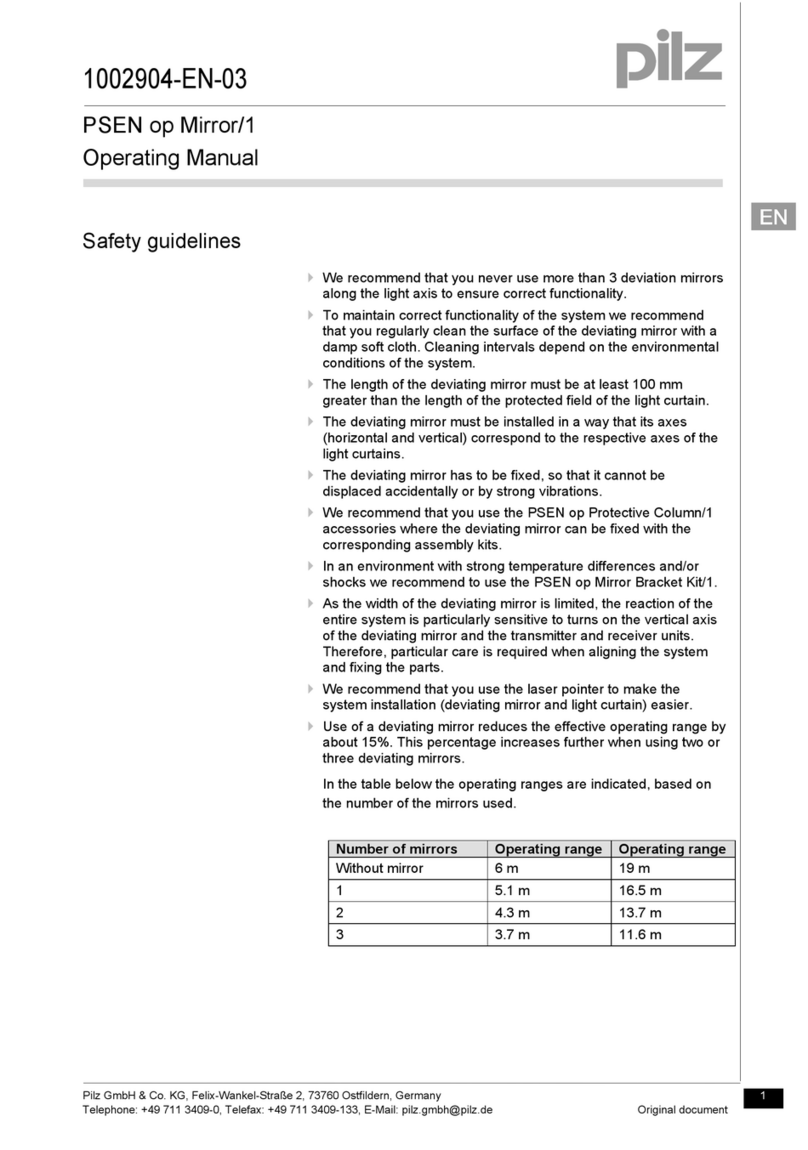
Pilz
Pilz PSEN op Mirror/1 operating manual

saro
saro EGN 4140 TN operating instructions
